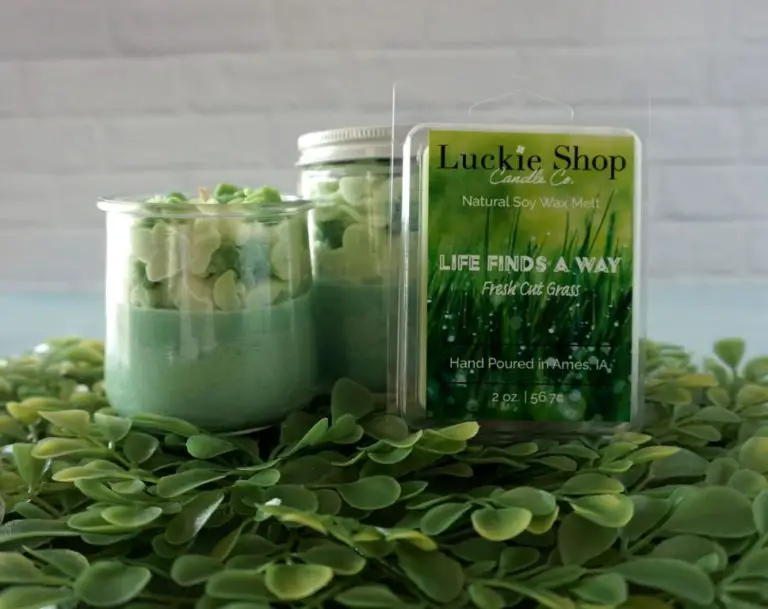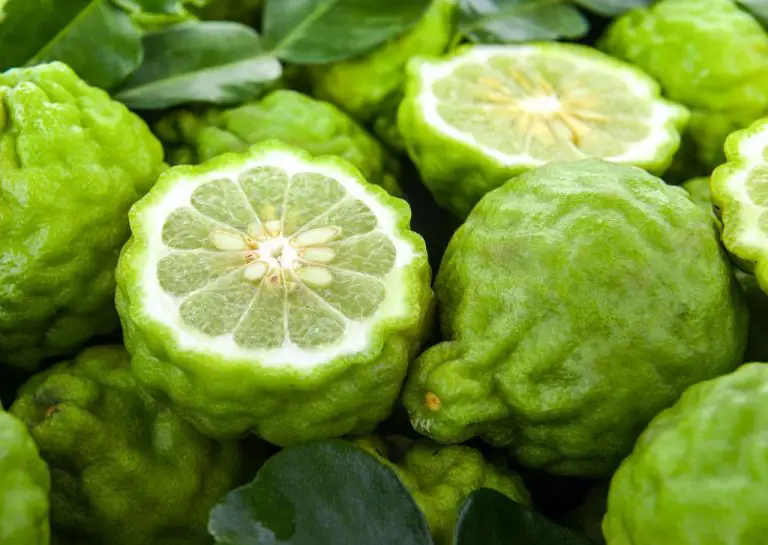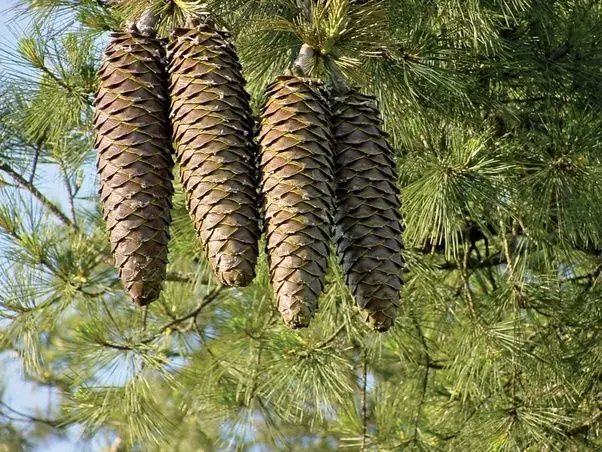Which Wood Gives Fragrance?
Fragrant woods are wood types that contain aromatic compounds, giving them a unique and attractive scent. The scent profile of fragrant woods can range from sweet and floral, to earthy, to spicy and resinous. These woods have been prized for centuries for their alluring aromas and are popularly used for incense, perfumes, essential oils, and in woodworking and carpentry projects. While most woods have little to no scent, certain tree species develop aromatic compounds in response to their environment or as part of their defense systems. Exploring fragrant woods provides insight into the complex botanical processes behind scent production in plants and trees. This article will highlight some of the most popular fragrant woods from around the world and discuss their scent profiles and uses. Discovering fragrant woods is an opportunity to connect with nature through a distinctive sense – our sense of smell.
Sandalwood
Sandalwood is one of the most prized fragrant woods in the world. Derived from several species of trees in the genus Santalum, sandalwood is highly valued for its rich, soft, sweet, woody aroma. Sandalwood oil and powder are extracted from the heartwood of mature sandalwood trees and used extensively in perfumes, cosmetics, aromatherapy, religious ceremonies, and more. The sandalwood tree is a slow-growing parasitic plant that can take 30-60 years to reach maturity. Due to overharvesting and poaching, natural sandalwood is quite rare and expensive. However, its heavenly fragrance makes it one of the most coveted scented woods on the planet.
Cedar
Cedar is a popular aromatic wood known for its warm, woody, and slightly sweet scent. The most commonly used cedar for fragrances is the Eastern Red Cedar (Juniperus virginiana). The natural oils found in the wood give it a distinctive and pleasant aroma. When cedar wood is cut or sanded, the aromatic compounds are released into the air. Many people enjoy the soothing smell of cedar.
Cedar has been used for centuries to line chests and closets. The strong scent acts as a natural insect and moth repellent. Cedar oil also has anti-fungal properties that help protect fabric stored in cedar chests and wardrobes. People will often place cedar blocks or planks in their closets and drawers to keep clothes and linens smelling fresh. The aroma of cedar wood brings feelings of warmth and comfort.
Pine
Pine wood is prized for its fresh, clean scent. The aroma is often described as crisp and invigorating, with hints of citrus and mint. Pine contains organic compounds called terpenes that give the wood its characteristic smell. Two terpenes in particular, pinene and limonene, are abundant in pine and impart a bright, forest-like fragrance.
The pleasing natural aroma of pine makes it a popular choice for household products. Pine oil and pine extracts are commonly used in soaps, detergents, air fresheners, and cleaning products to give a refreshing, outdoorsy scent. Pine’s clean yet calming fragrance helps create a pleasant ambiance indoors. Many people enjoy the subtle pine fragrance as it reminds them of nature and the great outdoors.
Pine wood itself also emits its trademark scent, especially when freshly cut. The aroma gradually fades as the wood dries out, but can be refreshed through sanding or planing. Pine lumber, furniture, flooring, and paneling allow people to bring the essence of pine indoors. The scent evokes feelings of relaxation and nostalgia for many, transporting them to fond memories of camping trips, hiking adventures, and time spent appreciating the beauty of pine forests.
Rosewood
Rosewood refers to wood from trees in the genus Dalbergia. This dense, aromatic wood is prized for its sweet, floral fragrance reminiscent of roses. The most popular species used for fragrant wood are Dalbergia latifolia and Dalbergia nigra.
Rosewood contains high levels of essential oils like linalool that give it a wonderfully complex bouquet. When distilled, rosewood oil yields scents described as flowery, woody, spicy and fruity with hints of amber. The aroma is both delicate and tenacious.
The luxurious scent of rosewood has made it a coveted ingredient in perfumes, especially woody, oriental and floral compositions. Its balancing effect blends well with other notes. Rosewood oil acts as a fixative that helps other more volatile scents last longer. The wood itself is often incorporated into potpourri and incense.
Some classic perfumes highlighting rosewood’s honey-like fragrance include Chanel No. 5, Arpege by Lanvin, and Femme by Rochas. It adds depth and richness to blends without overpowering.
Camphorwood
Camphorwood is another fragrant wood known for its strong, pungent aroma. The scent is often described as medicinal, similar to the smell of camphor oil or menthol. Camphorwood contains high levels of camphor and cineole compounds, which give it this distinctive odor.
The fragrance of camphorwood is so potent that it acts as a natural insect and moth repellant. Historically, camphorwood chests and trunks were used by travelers to protect clothes and fabrics from insects during long journeys. The wood’s insect repelling properties come from camphor, which confuses insects’ senses and deters them from laying eggs near it. Even today, camphorwood essential oil or chips are used to make all-natural moth repellants.
So if you’re looking for a fragrant wood with an intense, medicinal scent that also doubles as an insect repellant, camphorwood is a great option.
Agarwood
Agarwood is a rare and highly valuable resinous wood that comes from aquilaria trees native to southeast Asia. Aquilaria trees become infected with a type of mold that causes the tree to produce a dark resin in response. This resin-impregnated wood is called agarwood and is highly prized for its sweet, woody fragrance.
Agarwood has been used for centuries in incense, perfumes, and traditional medicines. The resin provides the agarwood with its distinct aroma, which is described as warm, rich, and balsamic with sweet undertones. High quality agarwood is incredibly rare and valuable, with prices reaching into the tens of thousands of dollars per kilogram.
The rarity and high cost of agarwood is largely due to the very specific conditions needed for aquilaria trees to produce resin. Only about 10% of wild aquilaria trees have the proper type of mold infection that leads to agarwood formation. For this reason, agarwood is often referred to as “wood of the gods” and has held an important place in many cultures historically.
The sweet, woody fragrance of agarwood continues to be highly sought after today for perfumes and incense. However, due to overharvesting, the number of agar-producing trees left in the wild is dwindling. Efforts are being made to cultivate aquilaria trees and produce agarwood in a sustainable way to protect this precious aromatic wood.
Juniper
Juniper wood is prized for its crisp, piney aroma. The wood contains aromatic compounds like alpha-pinene and limonene which give it a refreshing evergreen fragrance. When juniper wood is burned or distilled, these aromatic compounds are released into the air. Many people find the scent of juniper to be calming and uplifting.
Juniper wood has a long history of use in aromatherapy. The ancient Egyptians used juniper wood for incense and to purify their temples. Today, juniper essential oil and juniper wood chips are popular in aromatherapy diffusers. The scent can help relieve stress and anxiety. Some people also find it helpful for easing respiratory issues like colds and congestion. Overall, juniper wood provides a crisp, clean fragrance that many find both calming and energizing.
Conclusion
There are many fragrant woods that add wonderful scents to products, but some of the most popular are sandalwood, cedar, pine, rosewood, camphorwood, agarwood, and juniper. Sandalwood is known for its sweet, woody aroma. Cedar has a crisp, clean scent. Pine offers a fresh, evergreen fragrance. Rosewood gives a floral, fruity smell. Camphorwood has a pungent, menthol-like odor. Agarwood provides a rich, complex, musky fragrance. Juniper contributes a crisp, pine-like aroma. Each of these woods lends its own unique scent profile that can enhance perfumes, soaps, aromatherapy products, and more.
References
Information on fragrant woods was gathered from various sources, including:
- Encyclopedia Britannica articles on sandalwood, cedar, pine, rosewood, camphorwood, agarwood, and juniper trees.
- Research papers from forestry journals on the chemical compounds that produce fragrance in various wood species.
- Books such as “Fragrant Woods of the World” by ________ which provided details on wood anatomy, traditional uses, and perfumery.
- Industry sites explaining production techniques for fragrant woods used in incense, aromatherapy, etc.
- Botanical garden websites with information on growing and cultivating fragrant woods.
All images used are licensed for reuse or in the public domain.




